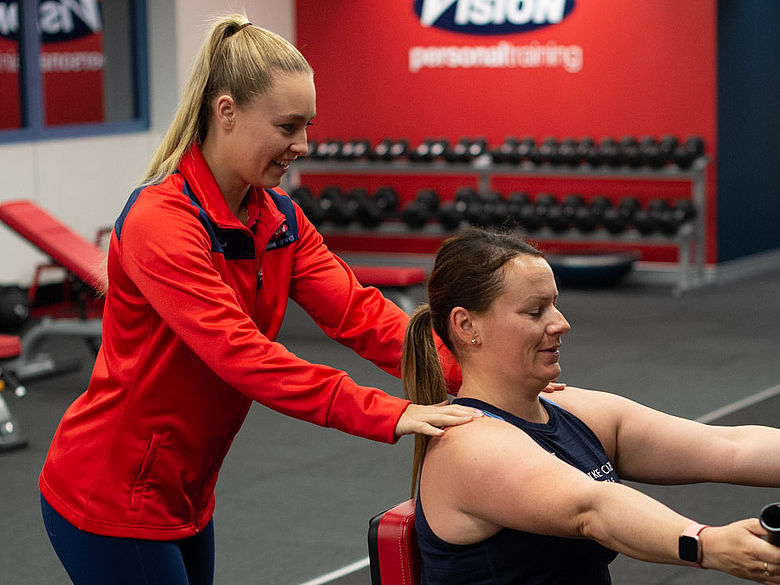HOW TO WEIGH AND MEASURE
We recommend that you weigh and measure your food and drinks until you get used to correct portion sizes as this will not only help to create awareness of the right serving size but also kick starts creating new healthy habits. By getting in the habit of weighing and measuring when you are at home means that you can be confident in making the right choice when you do not have scales or measuring cups available.
This is the key to your weight loss success as 70% of you overall result comes from your eating habits. The easiest way to reduce your overall energy intake straight away without feeling like you are restricting yourself in any way is to reduce portion sizes. Most of us eat and drink supersized portions, at home and when eating out. This means we consume far too many calories without even realising it!
Weighing and measuring will help you understand what a normal serving should look like and if you're new to weighing and measuring, here are some tips to help you.
We recommend where possible to invest in a set of digital scales, measuring spoons and cups. This will allow for a wider range of tools to assist you in the kitchen and can be brought with little cost at your local supermarket.
Weighing foods
Place a plate, a bowl, or a piece of baking paper on electronic kitchen scales. Press the 'Reset' or 'On' button to clear the weight of the plate, and bring the reading back to '0'. Add the food you want to weigh - it may take a couple of seconds for the scales to settle and display the final reading.
Measuring with spoons
Spoons are best to use when measuring energy dense foods such as oil, butter, sugar or honey. Keep the measure level by flattening off the top of the spoon with a knife, so that it's levelled and not heaped - this will ensure you stick to correct serving amount.
Measuring with cups
Cups are great to use when serving foods such as breakfast cereal, cooked rice, pasta and noodles.
Estimating portions
Although weighing and measuring is the most accurate way to work out how much you're really eating and drinking, it's not always possible to take scales, metric cups and small plates with you. So, when you can't weigh and measure, use your hand as a guide to portion size.
- Your palm is about the size of a small 150g serve of meat or a serve of raw nuts. Your palm and fingers are roughly equivalent to a regular 150-200g serve of fish.
- Your cupped hand is about 1⁄2 cup of vegetables or pasta.
- Two cupped hands are about 1 cup of breakfast cereal, salad or air-popped popcorn.
- Your clenched fist is approximately 1 medium piece of fruit or 1 cup of vegetables, berries, cooked rice or pasta.
- Your thumb is approximately the size of 1 tablespoon of dips or condiments such as cranberry sauce.
- Your fingertip is about the size of a teaspoon of margarine, butter or peanut butter.
We highly recommend you watch the Reading Food Labels videos in VisionTV to help you learn more about understanding their nutritional content, labelling and what the correct serving size is. Simply go to the Seminar section of VisionTV.
*Disclaimer: Individual results vary based on agreed goals. Click here for details.

